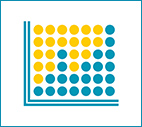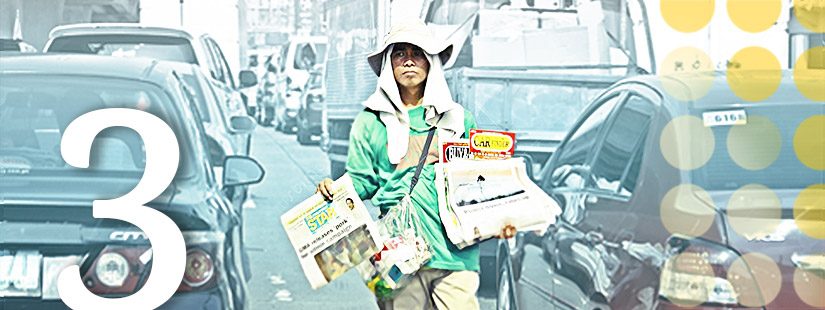The key idea of the model is that usually one agent gains and one agent loses when they engage in economic activity. If you buy something, you give some of your wealth to the store in the form of money and you receive a product in exchange, which adds to your wealth. Usually, the store gains a profit from this exchange because the product is worth less than the money you paid for it. Thus, the store owner, after paying wages and other business costs, will usually have increased his or her personal wealth and you will have decreased yours. Occasionally the store might have a sale or promotion and sell a product for less than its cost. In this case you gain and the store loses wealth. A similar gain and loss occurs when paying wages and salaries and from buying and selling stocks.
There is always somebody who gains and somebody who loses.
In brief, wealth is exchanged in many economic activities, and this economic activity is captured in part by the model. Exchanges of equal value do not change the wealth of either agent and thus do not need to be included in the model. We will see that the details of the model, such as the number of agents, the initial wealth distribution, and the percentage of the minimum wealth that is exchanged do not effect the ultimate results. These details just change how long it takes to obtain the final distribution of wealth. For simplicity, we will choose the default value of the percentage exchanged to be 10% of the wealth of the poorer agent.
Suppose that we consider a system of one hundred agents and give each agent the same amount of wealth. Before exploring the results of implementing the model, what do you expect to happen? After many exchanges, will the agents have roughly the same amount of wealth as they did initially? Will there be a well known distribution such as a bell shaped curve? Will there be a distribution of wealth among the agents such that we might be able to distinguish between the wealthy, the poor, and maybe a middle class?

